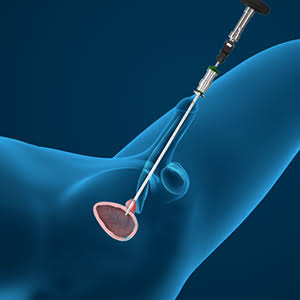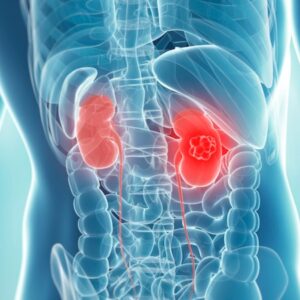Transurethral Resection of the Prostate (TURP)
Price range: ₹1,000.00 through ₹1,800.00
Learn Transurethral Resection of the Prostate (TURP) through our scientifically proven stepwise program. You can acquire this skill anywhere, anytime, without quitting your job and daily life.
Please read the Requirements and Commitments of each level before making a purchase. Ensure you meet the eligibility criteria to receive the product/service.
Description
Urologists skilled in Transurethral Resection of the Prostate (TURP) are vital for managing benign prostatic hyperplasia (BPH), a common condition in aging men. Here’s why it’s crucial for urologists to possess this skill:
- Effective BPH Treatment: TURP is a highly effective procedure for relieving urinary symptoms caused by an enlarged prostate, enhancing patients’ quality of life.
- Minimally Invasive: TURP is minimally invasive compared to open surgery, resulting in shorter hospital stays, reduced complications, and quicker recovery.
- Expertise in Urological Procedures: Proficiency in TURP demonstrates a urologist’s expertise in a range of urological interventions, benefiting patients with prostate issues.
Transurethral Resection of Prostate (TURP):
TURP is a surgical procedure used to treat BPH, involving the removal of excess prostate tissue that obstructs the urethra.
Indication for TURP:
TURP is indicated for patients with symptomatic BPH who experience urinary problems like frequent urination, weak stream, or urinary retention, which have not responded to conservative treatments.
Steps of TURP for Urologists:
- Patient Preparation: The patient is positioned, and anesthesia is administered, often regional or general.
- Insertion of Resectoscope: A resectoscope, a specialized instrument, is inserted through the urethra and into the prostate.
- Tissue Removal: The surgeon trims or vaporizes excess prostate tissue using an electrical loop or laser, improving urine flow.
- Hemostasis: Bleeding is controlled by cauterization or other methods.
- Completion and Bladder Irrigation: The resectoscope is removed, and the bladder is irrigated to remove tissue fragments and clots.
- Catheter Placement: A urinary catheter is temporarily inserted to aid in healing and drainage.
- Postoperative Care: The patient is monitored during recovery and instructed on catheter care and follow-up.
Urologists must master TURP to effectively manage BPH, alleviate urinary symptoms, and improve patients’ urinary function and overall well-being.
Additional information
| Levels | Level-1, Level-2, Level-3 |
|---|
General Inquiries
There are no inquiries yet.



